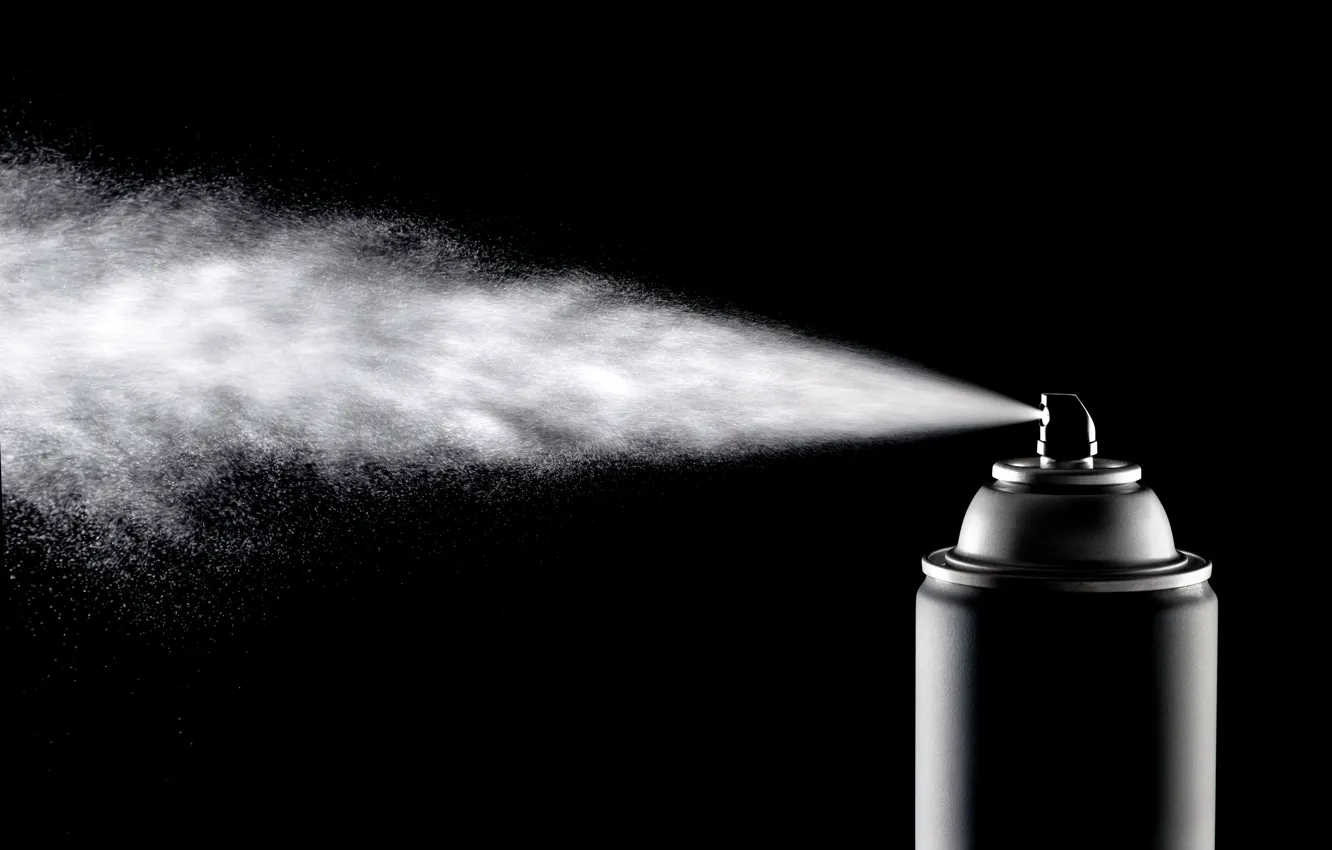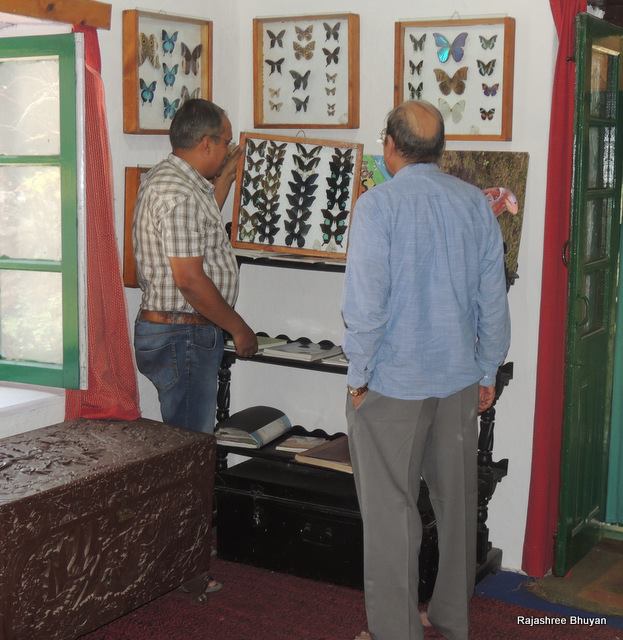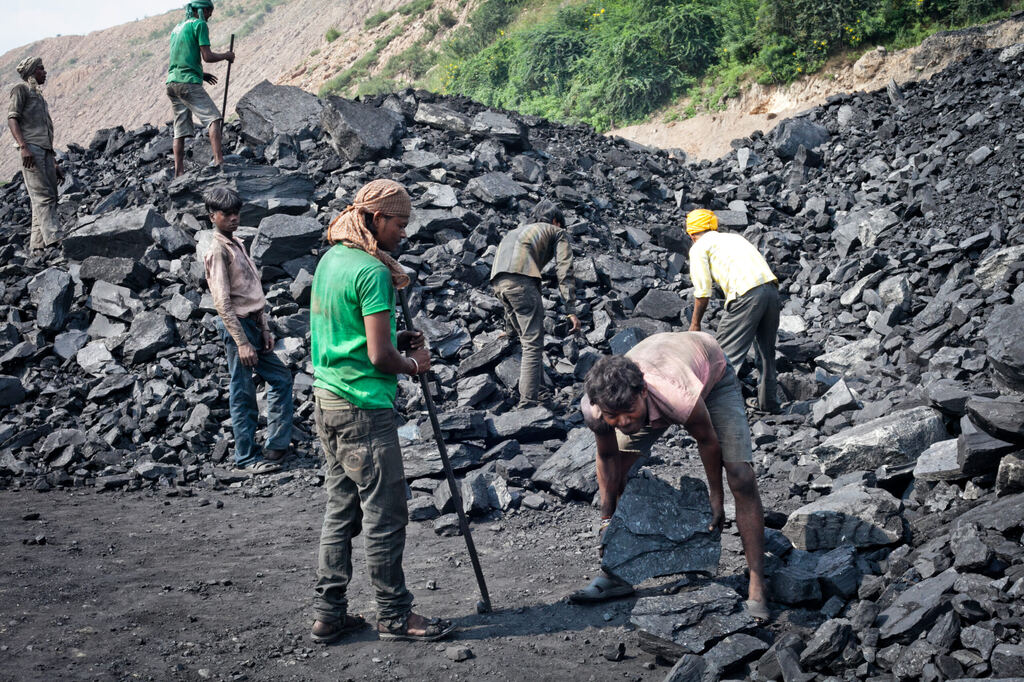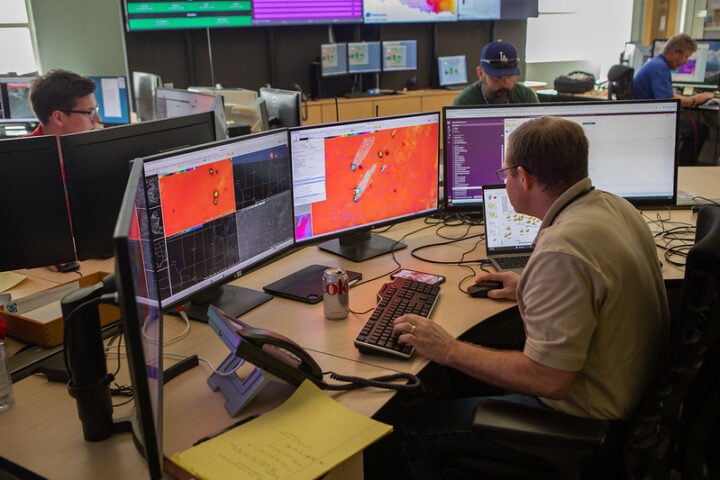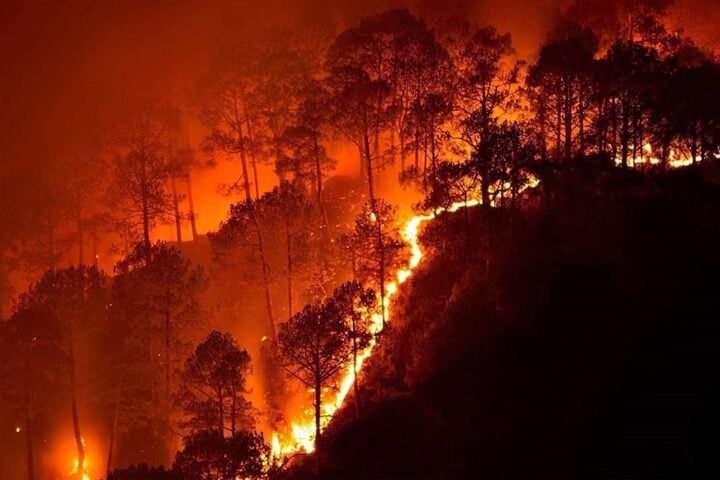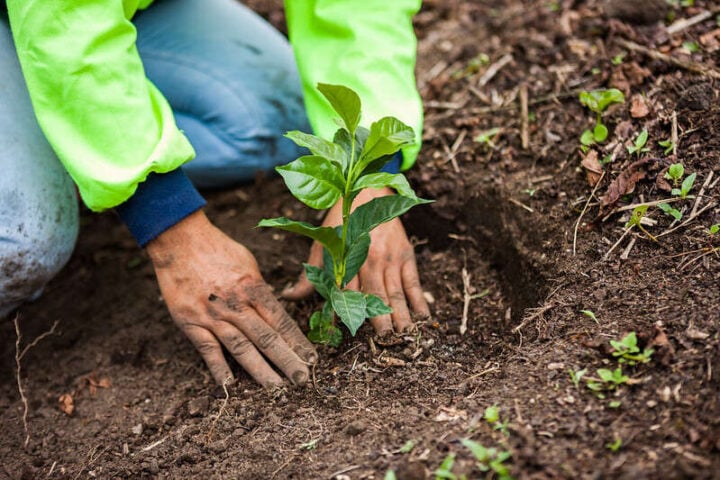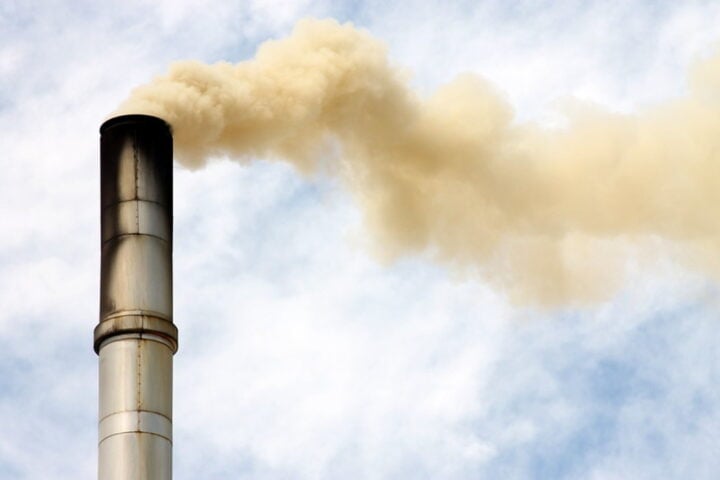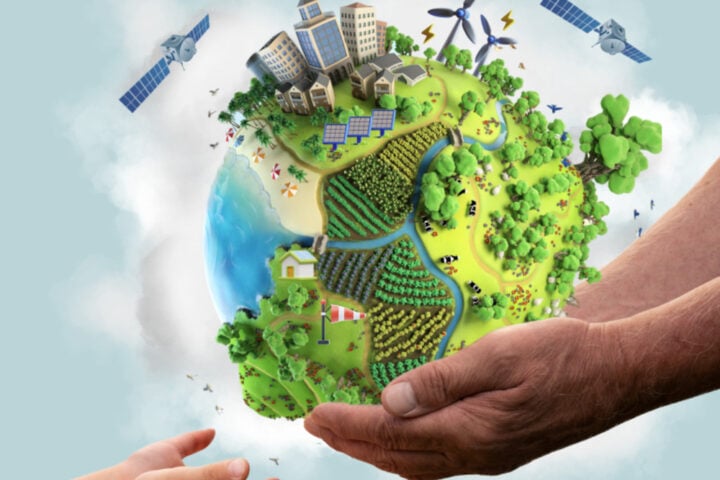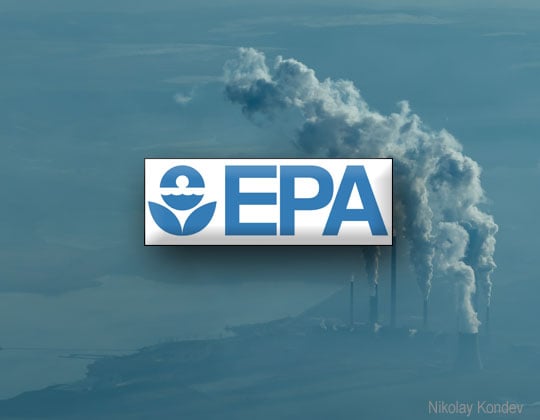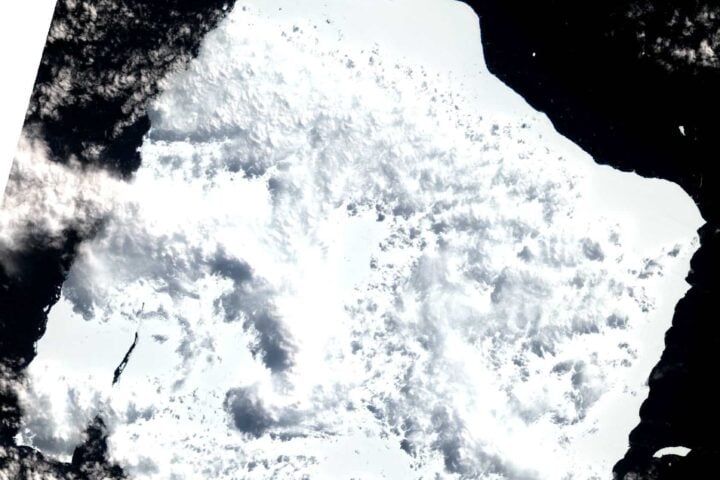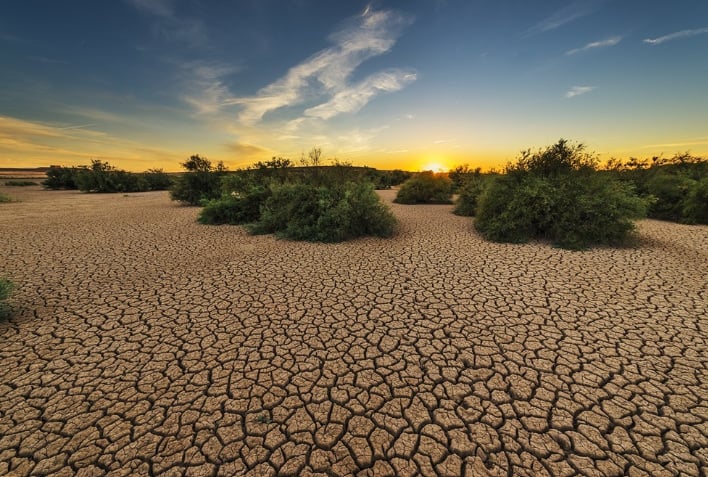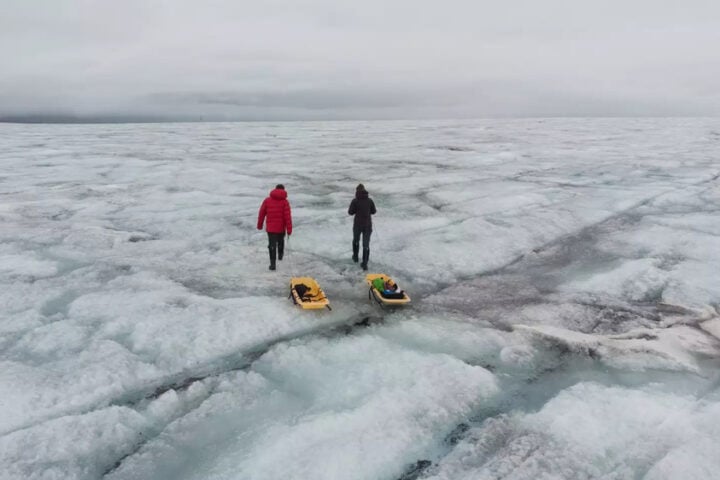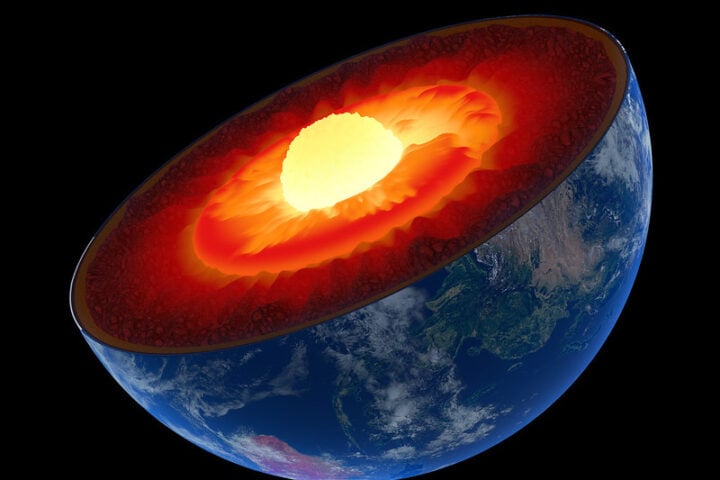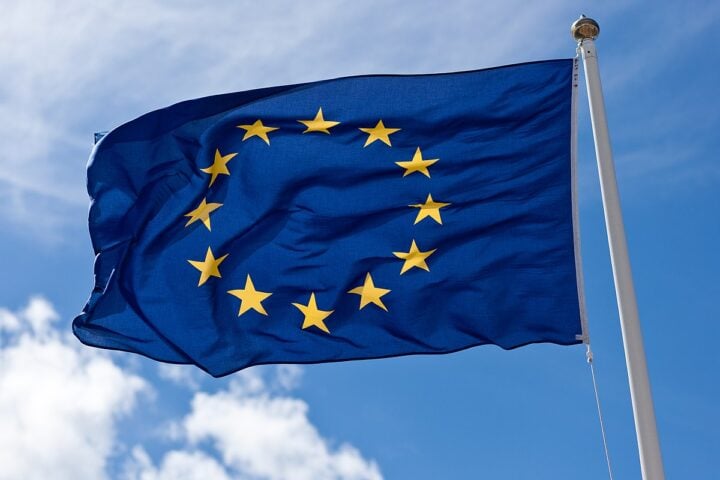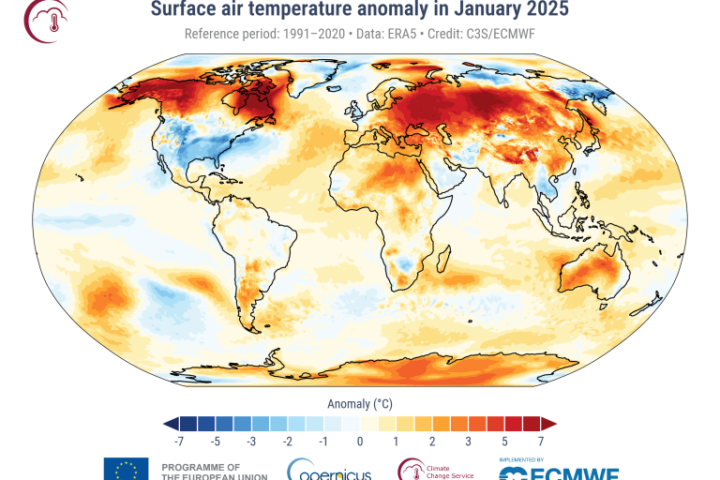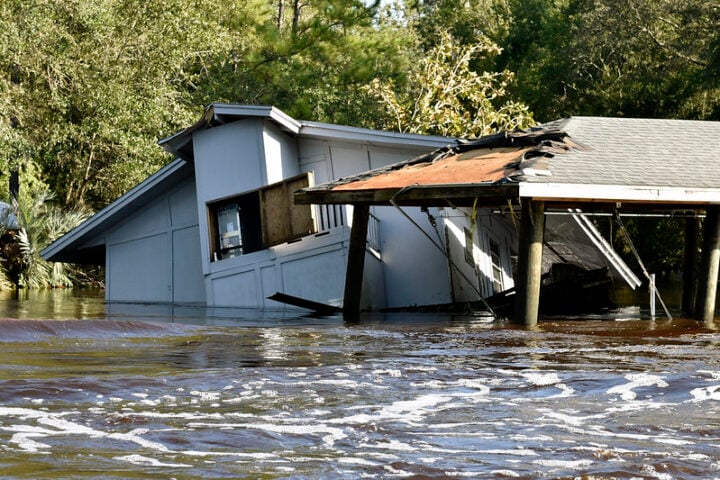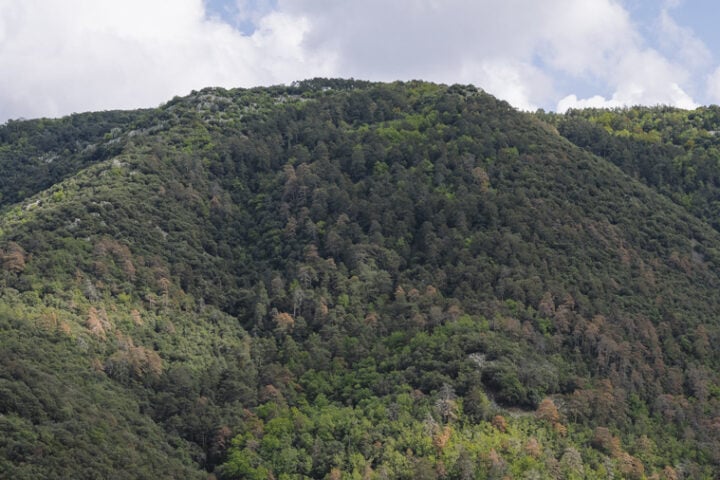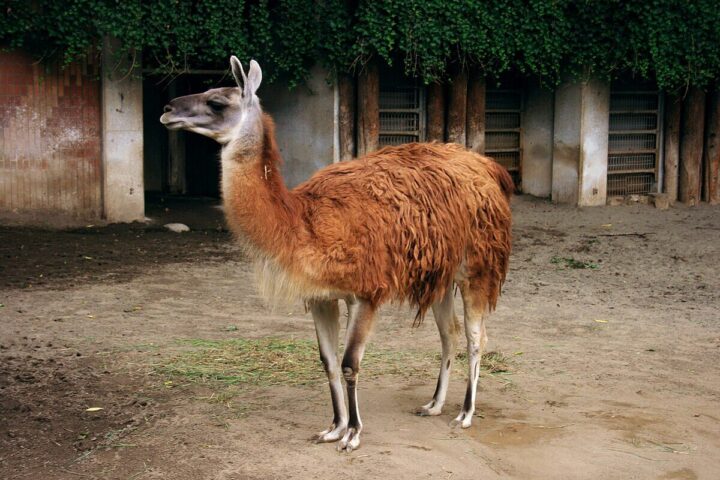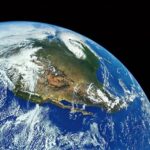Every year, an Ozone Hole occurs over Antarctica during the spring. Its size has been decreasing over the last 25 years, which has relieved the tension of scientists. Each spring, the Ozone layer over Antarctica is depleted, forming a thin area known as the Ozone Hole. This depletion is caused by chemical reactions that occur in the polar stratosphere’s clouds (PSCs), which break down ozone, creating the hole.
The worrisome part about the Ozone Hole is that it is remaining open for a longer time. It is generally observed that the Ozone Hole closes by November, but it has continued into December for the last four years. This fact has caused concern among scientists, as this is the beginning of summer. The coastal area of Antarctica sees new plants springing up and it is also the breeding season for penguins and seals. The ultraviolet rays reaching the Earth through the ozone hole can harm the young of these species. Researchers, including scientists from Vologda State University, Canterbury University, and Colorado State University, have found these effects.
Similar Posts
There is a global ban on chlorofluorocarbons (CFCs) to protect the Ozone layer, but it will take several decades to eliminate CFCs from the environment. Every year, the Ozone Hole forms during the September-November period. Researchers have pointed out that the prolongation of the Ozone Hole into December may affect plants and animals, as places for hiding become scarce. This will also affect the breeding of penguins and seals.
The Ozone Hole is most severe over Antarctica because the conditions are most favorable for ozone destruction. These conditions include stratospheric clouds, lack of atmospheric mixing, and temperatures below -80 degrees Celsius during the south polar winter. In short, according to the study, the prolongation of the Ozone Hole into December each year may affect the young seals and penguins and may also affect the breeding season of these animals. Researchers attribute this condition to climate change.
